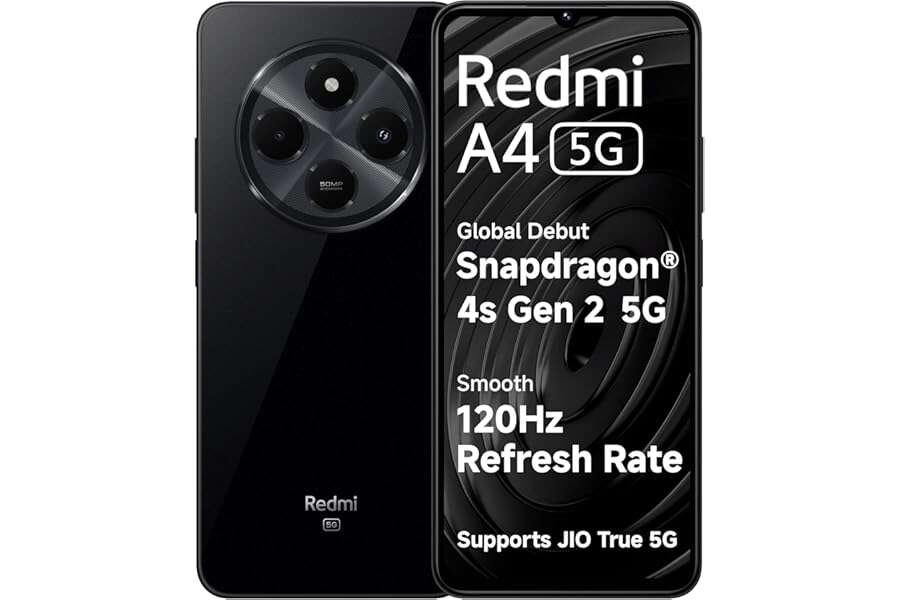ULIP Charges and Fees: A Simple Guide for Beginners
When you’re planning out a road trip, you map out the route, budget for fuel, and prepare for toll charges along the way. Now, think of a Unit Linked Insurance Plan (ULIP) in the same way—a long-term financial journey where your investment grows while securing your family's future. However, just like a road trip has costs, a ULIP insurance policy comes with charges that impact your returns. Understanding these charges is key to making an informed decision and ensuring that your wealth-building journey is smooth and rewarding.
Understanding the Basics of ULIP Charges
A Unit Linked Insurance Plan (ULIP) is a dual-purpose financial product that provides both life insurance and investment benefits. A portion of your premium goes towards life insurance coverage, while the rest is invested in market-linked funds such as equity, debt, or a combination of both.
However, to manage your funds, cover administrative costs, and provide the insurance benefit, insurers levy different types of charges. These charges are deducted from your premium before your money is invested, influencing the growth of your investment corpus.
Let’s break down the key ULIP charges in simple terms.
1. Premium Allocation Charges
When you pay your premium, a percentage is deducted as a premium allocation charge before the rest is invested. This charge covers underwriting, commission, and distribution costs. It is typically higher in the initial years of the policy and reduces over time.
2. Fund Management Charges (FMC)
Managing investments in equity or debt markets requires expertise. Insurers charge an FMC (capped at 1.35% annually by IRDAI) to cover fund management costs. This charge is deducted before calculating the fund’s Net Asset Value (NAV).
3. Mortality Charges
Since a ULIP insurance plan offers life cover, insurers deduct mortality charges to provide financial security to your family in case of an unfortunate event. These charges depend on factors such as age, sum assured, and health conditions.
4. Policy Administration Charges
This charge covers the administrative expenses of managing your ULIP insurance policy, including paperwork, customer support, and policy updates. It is usually deducted monthly from your fund value.
5. Switching Charges
One of the biggest advantages of a Unit Linked Insurance Plan is that it allows you to switch between equity and debt funds based on market conditions. While insurers offer a few free switches each year, excessive fund switching may incur additional charges.
6. Partial Withdrawal Charges
ULIPs have a five-year lock-in period, but after that, you can make partial withdrawals. Some policies allow free withdrawals up to a certain limit, while others charge a fee for each withdrawal.
7. Premium Discontinuance Charges
If you stop paying your premiums before the lock-in period, the insurer moves your funds into a Discontinued Policy Fund (DPF) and deducts a charge based on the policy terms. This discourages early exits and ensures long-term investment discipline.
8. Policy Surrender Charges
If you surrender your ULIP insurance policy before the five-year lock-in period, the insurer deducts surrender charges. After the lock-in period, no surrender charges apply, but premature exits may impact your financial goals.
9. Top-up Charges
Many ULIPs allow additional investments known as top-ups. These help you boost your investment when you have extra funds. However, a small percentage of the top-up amount is deducted as a top-up charge.
The Cost of Not Knowing
Let’s consider two friends—Amit and Rohan.
- Amit invests in Aviva Signature Investment Plan ULIP insurance policy with a premium of INR 1,00,000 per year. His plan has a premium allocation charge of 5% in the first year, meaning INR 95,000 gets invested. After 10 years, with steady returns, Amit’s fund value grows to INR 18,00,000. He also enjoys life cover throughout the tenure.
- Rohan, on the other hand, chooses to invest INR 1,00,000 in a Mutual Fund without life cover. He also sees good returns but lacks financial protection. If an unfortunate event occurs, his family receives only his savings, whereas Amit’s family gets both the accumulated investment and the sum assured from the ULIP.
This example shows how understanding Unit Linked Insurance Plan meaning and its charges can help investors plan better for both wealth creation and financial security.
How to Minimise ULIP Charges?
- Choose Plans with Lower Charges: Some ULIPs have lower premium allocation and administration charges. Compare plans before investing.
- Stay Invested for the Long Term: Many charges reduce over time, and the longer you stay invested, the better the potential returns.
- Use Free Fund Switching Wisely: Avoid unnecessary switches that could lead to additional charges.
- Make Partial Withdrawals Strategically: Plan withdrawals only when absolutely necessary to avoid penalties.
- Avoid Early Exits: Surrender charges can be high if you exit within five years. Stay invested to maximise returns.
Final Thoughts: Invest Smart, Grow Your Wealth
ULIP is a smart investment tool that offers financial security and wealth-building opportunities. However, understanding its charges is crucial for maximising returns. Just like planning a road trip helps you avoid unnecessary expenses, being aware of ULIP insurance charges ensures a smoother financial journey.
If you’re looking for a ULIP policy that balances affordability and benefits, consider plans like Aviva India’s ULIP plans. With strategic fund management, flexible investment options, and transparent charges, you can build a strong financial future while ensuring your family’s security.
Start your ULIP investment today and make informed decisions for a prosperous tomorrow!
*Standard T&C Apply
*All savings are provided by the insurer as per the IRDAI approved insurance plan. Standard T&C apply
*Insurance is the subject matter of solicitation. For more details on benefits, exclusions, limitations, terms, and conditions, please read the sales brochure/policy wording carefully before concluding a sale.
*Disclaimer: The content on this page is generic and shared only for informational and explanatory purposes. It is based on several secondary sources on the internet and is subject to changes. Please consult an expert before making any related decisions.




